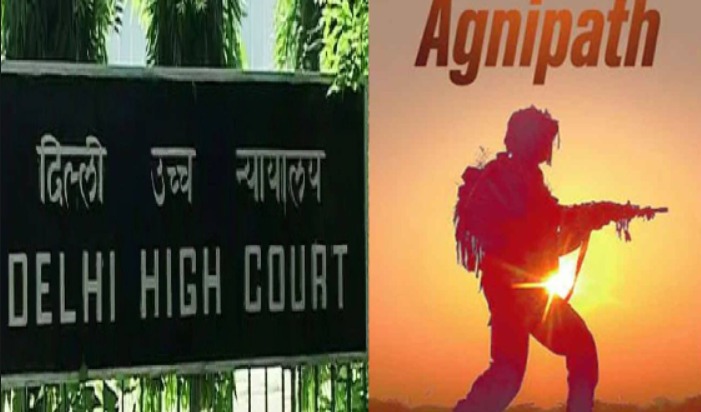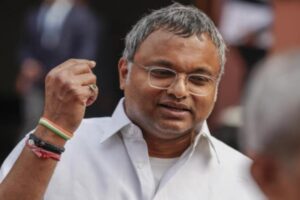
The Delhi High Court on Monday pronounce it’s verdict on batch of pleas challenging the the constitutional validity of the Agnipath Scheme for entry into the Indian Armed Forces.
A Division Bench of Chief Justice Satish Chandra Sharma and Justice Subramonium Prasad will deliver the decision at 10:30 a.m. On December 15, 2022, the court reserved its judgement in the case.
The bench heard from counsel appearing on behalf of the petitioners who were challenging the scheme as well as the suspension of recruitment processes in the Army, Navy, and Air Force. Aishwarya Bhati, Additional Solicitor General (ASG), contented on behalf of the Central Government.
The Agnipath Scheme proposes to enlist young people in the Indian Army for a four-years. Following this period, only 25% of the selected candidates will be retained in the Indian Army, while the remainder will be denied employment in the Armed Forces.
The Scheme’s implementation sparked widespread protests across the country, some of which turned violent. It also prompted a batch of petitions being filed in various courts.
During the arguments, the High Court was told that the Agnipath Scheme came into play only in June 2021, and that decision was made to halt all other recruitment processes.
According to ASG Bhati, the Scheme was not finalised until it was notified in the Official Gazette in June 2022. She further added that Agnipath is one of the most significant policy changes in defence recruitment, and that it will be a paradigm shift in the way the Armed Forces recruit personnel.
“More than 10 lakh aspirants have benefited from our two-year age relaxation. There are many things we cannot say on affidavit, but we have acted in bona fide manner,” the ASG concluded.
However, Advocate Prashant Bhushan challenged the government’s claims, claiming that the government did not stop all recruitment in June 2021 and that some recruitment processes continued into August 2021 and February 2022.
The Central Government had previously filed a consolidated response to the petitions, claiming that Agnipath will make the forces young and that recruits who leave after their tenure will be nationalists, disciplined, and skilled.
According to the Modi government, an analysis of the existing structure of ‘below officer’ rank divisions in the Indian Armed Forces revealed that the average age of a personnel was 32 years, while it was only around 26 years globally. The main reason for it was the Armed Forces’ retention policy, under which a jawan, sailor, or airman serves between 15 and 20 years.




